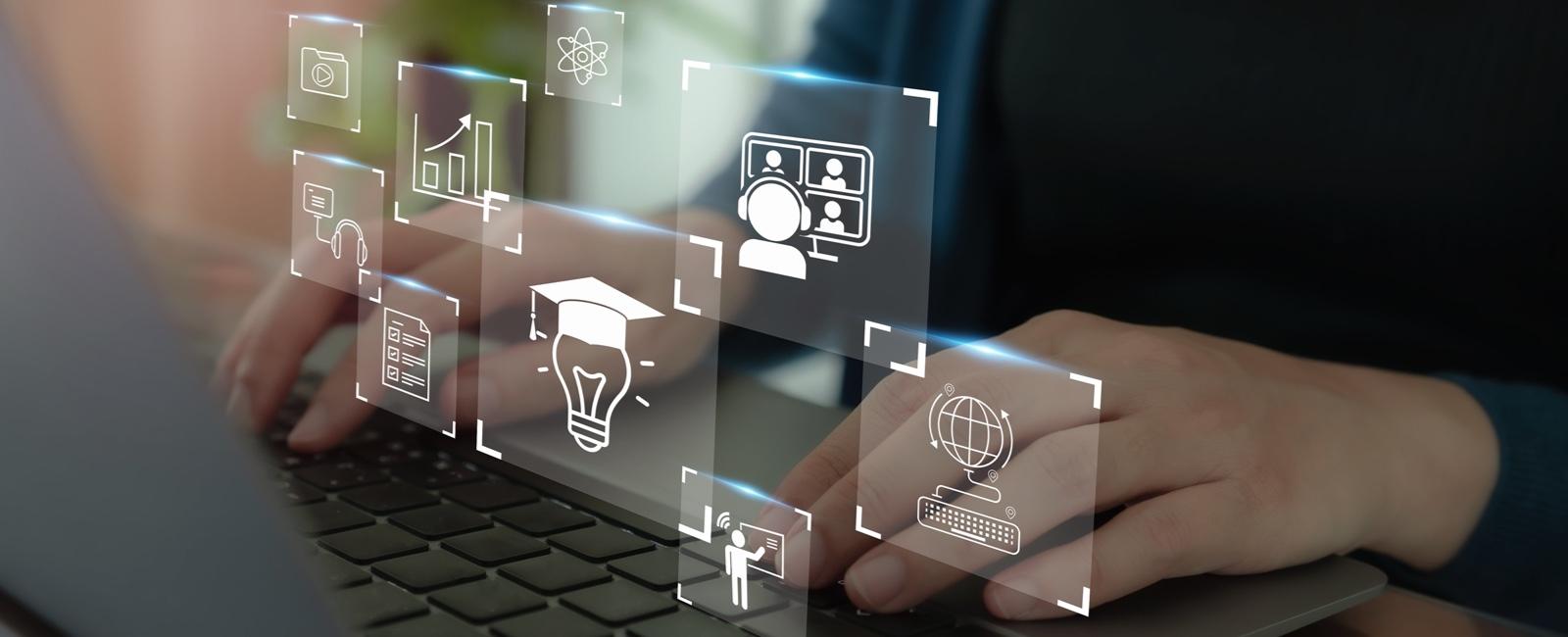How 5G is Revolutionizing Online Learning: Exploring Its Essential Role in Digital Education
The landscape of education is rapidly transforming, with digital platforms becoming the heartbeat of modern classrooms. Among the core technologies powering this change, 5G technology stands out as a genuine game-changer. As schools, universities, and online learning providers seek to deliver richer, more interactive learning experiences, 5G is leading the way—enabling lightning-fast connections, ultra-low latency, and greater accessibility. In this article, we dive deep into how 5G is revolutionizing online learning and explore its essential role in the future of digital education.
What is 5G and Why Does it Matter in Education?
5G, the fifth generation of wireless technology, offers notable enhancements over its predecessors, notably in speed, reliability, and support for a massive number of connected devices. Here’s why 5G is essential for the evolution of digital learning:
- Ultra-fast connections: 5G delivers download speeds up to 100 times faster than 4G.
- Ultra-low latency: Drastically reduces delays, enabling real-time interactivity in virtual classrooms.
- Enhanced capacity: Supports more devices together, essential for crowded educational environments.
- Improved accessibility: Makes high-quality digital education more inclusive, even in remote and underserved regions.
Now, let’s see how these features are transforming online learning and fostering the growth of future-ready students and educators.
The Key Benefits of 5G in Online Learning
The rollout of 5G networks brings a wealth of benefits to both students and educators within the digital learning ecosystem.
1. Enriching Interactive and Immersive Experiences
5G’s ultra-low latency is enabling seamless integration of augmented reality (AR) and virtual reality (VR) in online education. Learners can now explore virtual science labs, take virtual field trips across the globe, or interact with 3D models—in real time. This level of immersion boosts engagement and enhances understanding, making learning more interactive than ever.
2. Smoother Video Conferencing and Live Streaming
Buffering and lag are now things of the past. With 5G,high-definition video conferencing remains stable and smooth,even when entire classrooms connect simultaneously. This fosters collaboration, allows for instant feedback, and supports remote guest lectures or interactive workshops.
3. Democratizing Access to Education
For students in rural or remote areas, access to reliable internet has long been a barrier to digital education. 5G bridges this gap by bringing high-speed internet connectivity to places customary broadband can’t easily reach. This equalizes opportunities and helps close the digital divide.
4.Supporting Massive Online Classes and IoT Devices
Digital education platforms are increasingly relying on smart devices and the Internet of Things (IoT). From interactive tablets to smartboards and wearable tech, 5G supports the simultaneous connection of thousands of devices, paving the way for large-scale, technology-driven classrooms.
5. Real-Time Data and Analytics
5G enables instant data transmission,which supports real-time analytics,automatic grading,adaptive learning pathways,and personalized feedback. Educators can monitor student performance closely and intervene much sooner when challenges arise.
Practical Ways 5G is Transforming Digital Education
- Cloud-based Learning Platforms: 5G enhances access to cloud-stored lessons and resources, ensuring minimal delays and up-to-date content.
- Remote Laboratories: Students can now conduct experiments remotely via IoT-enabled lab equipment, receiving immediate feedback.
- Virtual Classrooms: Real-time discussions and collaboration tools ensure online students feel connected and engaged, no matter where they are.
- Smart Campuses: IoT sensors and 5G connectivity enable smart libraries, secure access control, and even environmental monitoring for safer learning spaces.
Thanks to these practical advancements, the learning environment is now more interactive, flexible, and accessible than ever.
Case Studies: 5G in Action in Online Learning
South Korea’s 5G-Powered Smart Schools
South korea is at the forefront of implementing 5G in education, with several ‘Smart Schools’ using 5G to facilitate live 4K video streams, AR/VR learning, and real-time assessments. Early results show higher student engagement and improved performance, particularly in science and technology subjects.
The United States: Bridging the Digital Divide
Several U.S. school districts are deploying 5G hotspots in remote and underserved communities, ensuring students without reliable broadband can participate in virtual classrooms. This initiative has dramatically increased attendance rates and helped level educational opportunities.
Europe: Higher Education and Research Innovation
European universities are leveraging 5G to support collaborative research and international online lecture series.For example, students can participate simultaneously in complex physics experiments using remote-controlled equipment and receive data instantly.
Future Trends: What’s Next for 5G in Digital Education?
- AI-driven Personalized Learning: 5G will empower advanced AI tutors that deliver personalized content in real-time.
- Expanded Global Classrooms: Students from around the world can join virtual classes without lag or time-zone limitations.
- wider Integration of XR (Extended Reality): Combining AR, VR, and MR (Mixed Reality) for deeply immersive, practical experiences.
- Real-time Language Translation: 5G enables seamless, instantaneous language translation in global virtual classrooms.
- Enhanced security and Privacy Controls: More secure,stable networks for protecting sensitive student data and intellectual property.
As new use cases emerge, 5G promises to make digital education more innovative and inclusive worldwide.
Tips for educators and Students: Maximizing 5G in online Learning
- Stay updated on the latest 5G-compatible educational tools and platforms.
- Invest in 5G-enabled devices to benefit from faster and more stable connections.
- Promote digital literacy among students to help them make the most of technology-driven resources.
- Champion equitable access by advocating for 5G network expansion in underserved regions.
- Experiment with immersive technologies—AR, VR, AI—to create more engaging lesson plans.
Conclusion
The arrival of 5G is truly revolutionizing online learning and digital education. From enhancing interactive classrooms with AR/VR to ensuring reliable access for remote learners, the influence of 5G networks is profound and far-reaching. As adoption grows, educators and students alike stand to benefit from a more inclusive, connected, and innovative educational experience. by embracing the possibilities brought about by 5G, today’s digital learning environments are not just keeping pace with technological change—they’re driving it.
Whether you’re a teacher, a student, or an education provider, now is the time to harness the power of 5G and take your online learning experience to new heights.

